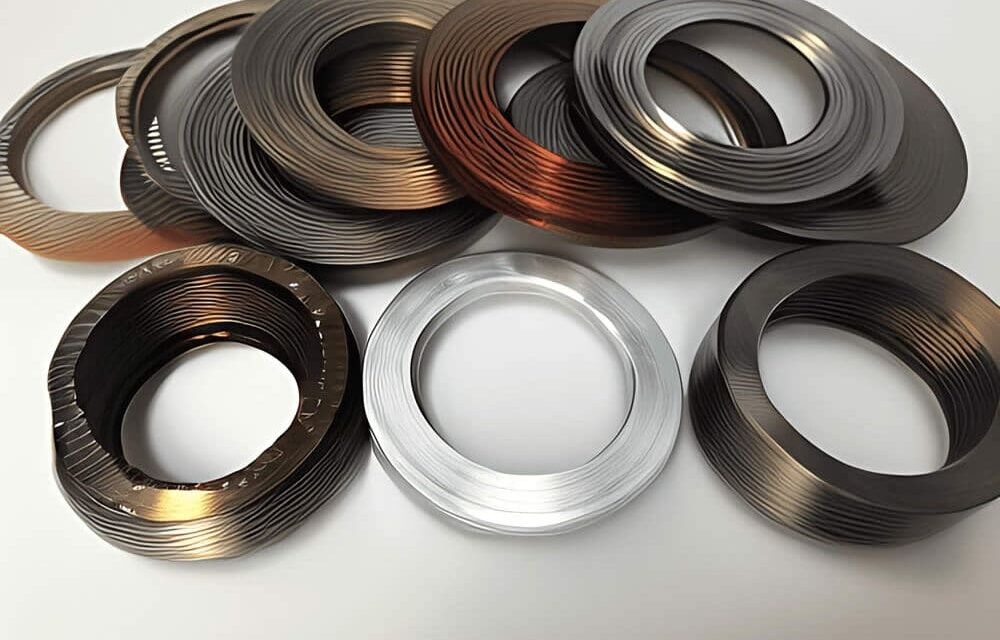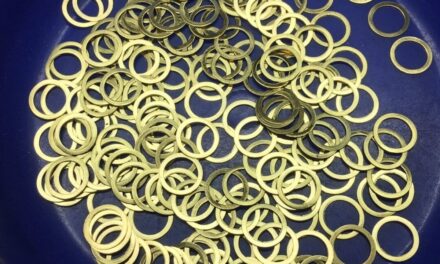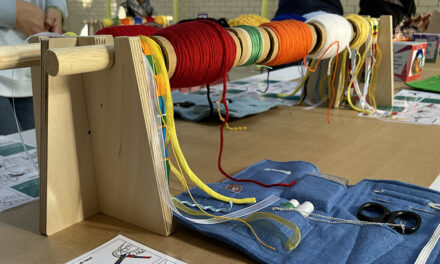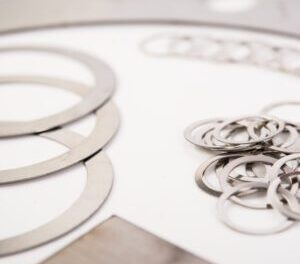When embarking on a laser-cutting project, one of the most critical decisions you’ll need to make is selecting the correct material thickness. The thickness of the material not only impacts the outcome of your design but also influences production efficiency, cost, and the overall durability of the final product. Whether you’re cutting metals, plastics, or wood, choosing the right thickness ensures that your laser-cut project meets your functional and aesthetic requirements.
In this guide, we’ll walk you through the key factors to consider when determining material thickness for laser cutting, how different thicknesses affect the cutting process, and provide practical laser-cut project tips to help you make informed decisions.
Why Material Thickness Matters in Laser Cutting
The thickness of the material plays a pivotal role in the success of a laser-cut project. From the precision of the cut to the integrity of the material, getting the thickness right is essential for achieving the desired results. Whether you’re working on intricate designs, industrial components, or aesthetic projects, the material thickness will affect:
- The laser’s ability to cut through the material cleanly.
- The overall strength and durability of the finished piece.
- The visual appeal of the design, especially when fine details are required.
- The amount of material waste and overall cost.
Selecting the correct material thickness for laser cutting involves considering both technical and practical factors that align with your project’s objectives.
Key Factors That Influence Material Thickness Selection
1. Type of Material
Different materials react differently to laser cutting, and the type of material you’re working with will largely dictate the maximum and minimum thicknesses that can be effectively cut. For example, metals like stainless steel and aluminium may require thinner cuts for precision, while softer materials like acrylic or wood can accommodate thicker cuts without compromising accuracy.
When working with metals, it’s essential to know the maximum material thickness that your laser cutter can handle while still delivering clean edges. Typically, laser cutters can handle thicker sheets of softer materials, but metals require a higher degree of precision and may be limited to thinner options for intricate cuts.
2. Project Requirements
The specific demands of your project will greatly influence your choice of material thickness. For example, if you’re working on a structural project that requires parts to support weight or endure stress, thicker materials will offer greater durability. On the other hand, decorative or ornamental projects may benefit from thinner materials, as they allow for more intricate detailing and are easier to manipulate.
Consider what the end product will be used for. Does it need to support weight? Will it be exposed to high temperatures or harsh environments? These factors will guide you in selecting the appropriate material thickness for laser cutting.
3. Desired Finish
Thicker materials can sometimes lead to rougher edges or a less polished finish. Depending on the aesthetic requirements of your project, you may need to consider how the material will look once cut. For example, if you’re creating jewellery or decorative pieces, a smoother, more refined finish may be important, and this could be easier to achieve with thinner materials.
When you select the correct material thickness, you’re also choosing how much post-processing will be required to refine the edges and achieve the desired finish.
4. Laser Power and Machine Capabilities
The power of the laser cutter being used is another critical factor in determining the right thickness. More powerful laser cutters can handle thicker materials, but they also come with higher energy consumption and may increase the overall cost of the project. Conversely, less powerful lasers are better suited for cutting thinner materials with precision but may struggle with thicker sheets.
Check the specifications of the laser cutter being used for your project. Ensure that it can handle the thickness of the material while maintaining the quality and accuracy of the cuts.
Common Materials and Recommended Thickness Ranges
Here’s a general guide to the recommended thickness ranges for commonly used materials in laser-cut projects:
1. Metals
- Stainless Steel: Typically cut at thicknesses between 0.5mm and 6mm for precision designs.
- Aluminium: Suitable for thicknesses between 0.5mm and 4mm, depending on the project’s complexity.
- Brass and Copper: These metals can be cut at thicknesses up to 3mm for detailed designs.
2. Acrylic
Acrylic is widely used for laser-cut projects because of its versatility and ease of cutting. It can be cut cleanly at thicknesses ranging from 1mm to 25mm, depending on the design and its purpose.
3. Wood
Wood is another common material for laser cutting. Depending on the type, it can be cut at thicknesses ranging from 1mm for thin veneers to 20mm for solid pieces. Thicker woods may require higher-powered lasers to maintain clean cuts.
4. Plastics
Plastics, like polycarbonate or polypropylene, are often cut at thicknesses between 0.5mm and 10mm. Thicker plastics can be cut, but this may require more powerful lasers and careful handling to avoid warping or burning the material.
Tips for Selecting the Right Material Thickness
1. Start with Prototypes
If you’re unsure of the best material thickness for your project, it’s always a good idea to start with a prototype. By testing different thicknesses, you can see how each one performs in terms of strength, appearance, and functionality. This way, you can refine your choice before committing to a full production run.
2. Balance Durability with Detail
Thicker materials may offer more durability, but they can also limit the amount of detail that can be achieved in the design. Thinner materials allow for more intricate cuts but may lack the strength required for structural components. Find the right balance between durability and detail to meet your project’s needs.
3. Consult with Professionals
If you’re unsure about the best thickness to use for your laser-cut project, consulting with experts can save you time and money. Laser cutting professionals can provide guidance based on the specific material you’re working with and the capabilities of the laser cutter being used.
FAQs about Choosing the Right Material Thickness for Laser Cutting
1. What factors should I consider when selecting material thickness?
You should consider the type of material, the specific requirements of your project, the desired finish, and the capabilities of the laser cutter. These factors will help you determine the best thickness for your needs.
2. How does material thickness impact the laser cutting process?
Thicker materials may require more powerful lasers and longer cutting times, which can increase costs. Thinner materials allow for faster, more precise cuts but may not offer the same durability as thicker options.
3. Can laser cutting handle both thin and thick materials?
Yes, laser cutting can handle a wide range of material thicknesses. However, the thickness that can be effectively cut depends on the material and the power of the laser being used.
4. Should I use thicker materials for structural projects?
For structural projects that need to support weight or endure stress, thicker materials are generally recommended. However, for decorative or aesthetic projects, thinner materials may be sufficient.
Conclusion
Choosing the right material thickness for laser cutting is a crucial step in ensuring the success of your project. By considering factors such as the type of material, the specific project requirements, and the capabilities of the laser cutter, you can select the ideal thickness to achieve both functionality and aesthetics.
Whether you’re working with metals, plastics, or wood, understanding how material thickness impacts the cutting process will help you make informed decisions that lead to high-quality results. If you’re unsure about which thickness is best for your project, don’t hesitate to consult with laser cutting experts to ensure you’re making the right choice.
To read the original article please see here.





